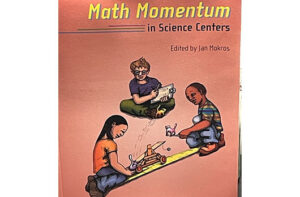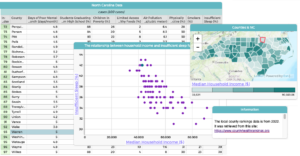Exploring how student designers model climate system complexity in computer games
Gillian Puttick, Giovanni Troiano, Eli Tucker-Raymond, Michael Cassidy, C. Harteveld, C. & G, Smith
Proceedings of the 2018 Connected Learning Summit, pp. 196-204, Cambridge MA
Summary
We present results from a design-based research project in which 8th grade teachers and students explored climate change by designing computer games using Scratch. We analyzed 174 games based on 1) Systems Complexity and 2) Triadic Game Design (TGD). The analysis of system complexity shows that two-thirds of the students designed systems using one-directional linear connections, while one-third designed complex systems based on multiple connections, feedbacks, or loops. TGD analysis shows that the most frequent topics were CO2 emissions and global warming, with most games being based on quiz, shooter, pong or action gameplay. Furthermore, designers tried to drive meaning to the player either by raising awareness of climate change directly or indirectly, or by having players make responsible choices in-game (e.g., walking not driving). Meaning and Play were important design considerations for students; this result has implications for how a game design task might be framed in future.

Related People:
Michael Cassidy and Gillian Puttick













